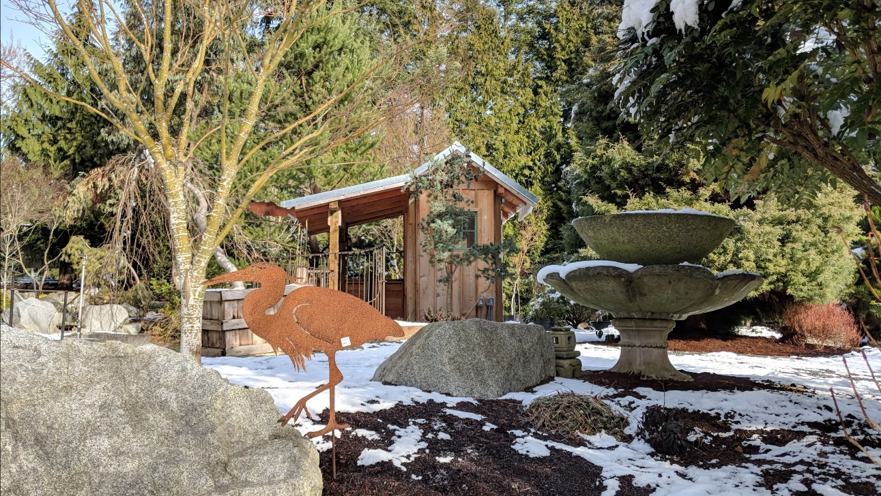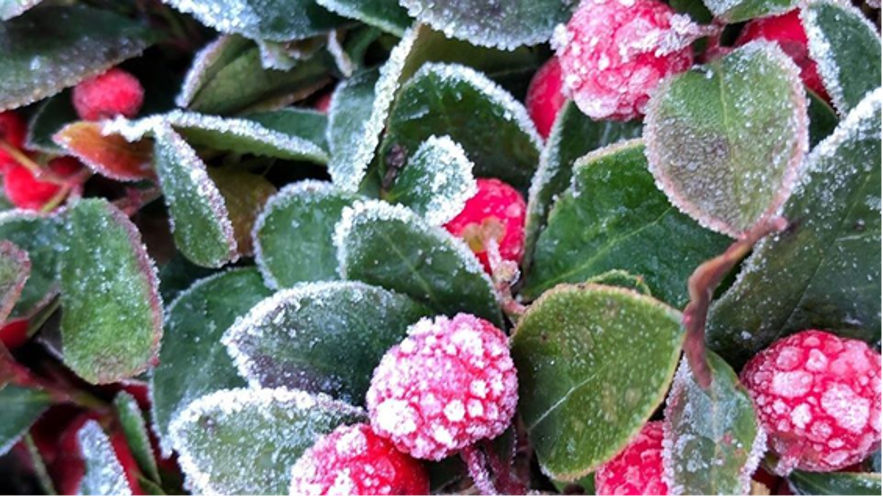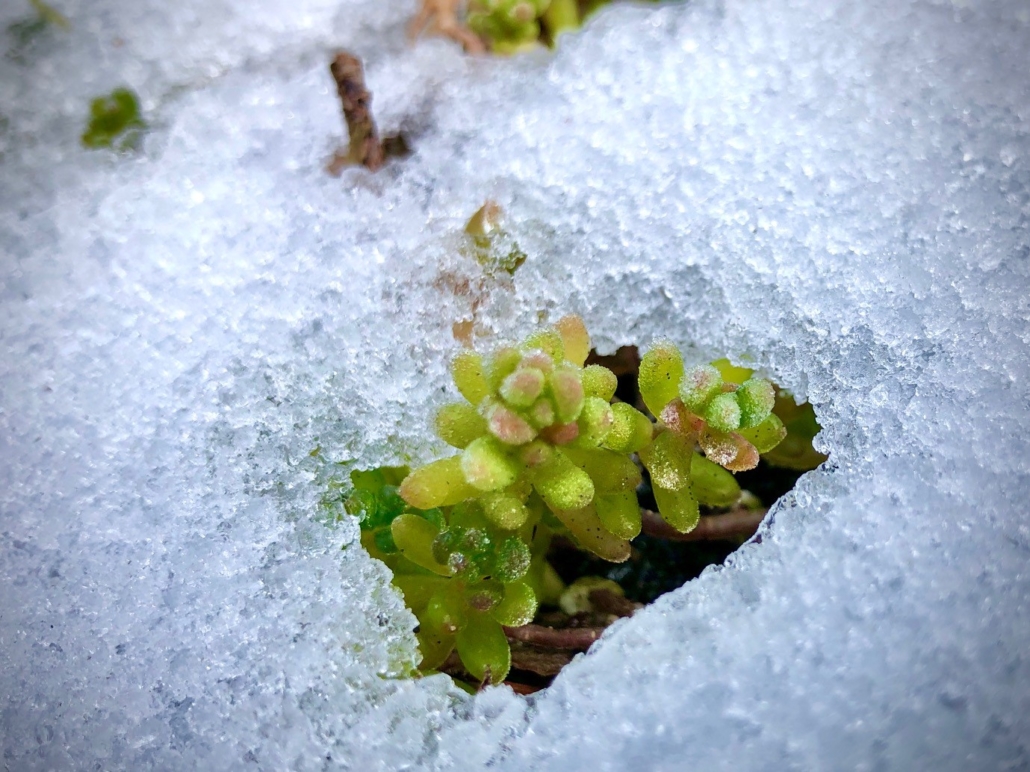How Can You Help Your Plants Thrive During the Winter?

Landscaping in the Pacific Northwest comes with plenty of challenges: from deer and rabbits decimating garden beds, to clay soil rotting roots, and summers without natural irrigation. Another challenge often not considered in our NW climate are the freezing temperatures in the winter. While we do have milder temperatures than much of the US, the past few years have shown a colder side to winter. Most gardeners on the island will have a hard time forgetting the snowmageddon of last February, and many are still dealing the damages caused by that late winter storm. While not everything is preventable, there are offseason tasks that help limit the damages from a sub-freezing blast.

The post-season clean up: While most people are finding more excuses to be indoors, pests and pathogens are also trying to avoid the cold. Leaf litter, cluttered branches, and fallen debris are the perfect habitat for unwanted garden visitors. Air circulation is crucial for limiting diseases. Pruning to encourage air flow between individual trees—as well as in the plant itself—is a method of prevention. Crossing and clustered branches should be pruned out in the early fall so the plant has time to seal the pruning cuts before going dormant. Leaf litter and debris should be collected out of the garden to limit the pathogens overwintering.
Mulch: Now that the garden has been cleaned, it’s time to put down a protective layer of mulch. Aged bark and compost blends add the most nutrients and provide organic material to improve the soil. Apply the mulch thickly to the beds, but take care not to suffocate the trees and shrubs by covering their crowns. The area where the trunk meets the roots demands oxygen flow, so be sure to leave a 1-2’ circumference around the base of trees and shrubs. Dormant perennials, however, can benefit from extra mulch on top of the crown. Plants that die all the way back to the ground, like agapanthus, artichokes, and joe pie weed, can have mulch added on top to protect the crown from the frost.

Sub-freezing protection: Most winters in the Pacific Northwest have sporadic freezing and thawing periods throughout the season, but hardy plants will survive without extra protection. There are times, however, when the weather forecast can show below freezing for more than a week. If this is the case, the first thing gardeners should do is water. While it might seem counter intuitive to water in the part of the country known best for its excessive rainfall in the winter, once the water freezes it will be unavailable for the plant to use. Garden beds have usually stored up enough rainfall by this time of year to not bother watering, however containers and any plants under a cover will need to be checked. If the soil is dry before the freeze, it will remain that way until the temperatures thaw it again. Be careful not to get any water on the leaves as frozen water droplets will damage evergreen foliage.
Once the containers have the proper water level, some of them might need to be protected if the freezing reaches less than 25 degrees. Containers do not protect roots as well as in garden beds, because the roots are essentially above ground. If the plants are in a ceramic container, make sure the walls of the pot are thick enough to block the frost from damaging the roots. If you have frost-proof pottery, then the walls will be thick enough. Terra Cotta and plastic are often not thick enough to protect roots in severe weather.
To help a plant’s survival, wrap the plant base in blankets, thick plastic, or surround them with mulch to add an extra layer of protection. Plastic and blankets can also be used to cover tender foliage and buds from the freeze. Some winters we have warm weather before a hard frost, so the plant is tricked into beginning to wake up for spring before getting blasted by the freeze. If new growth or flower buds are forming before the hard freeze is predicted, the plastic or blankets can help reduce the damage.

Snow: The best scenario for a week of sub-freezing temperatures is to start the week off with a snowstorm. Snow acts as an insulator that can save cold damage from occurring if it’s left in place. Restrain the urge to uncover your plants from the snow and let nature’s insulation work its magic. The only exception is heavy snow that can sometimes break off limbs. If any tree or shrub looks as if the whole limb is bent past its limit, removing the snow to release the pressure can help save the limb. Know that by doing this, you are exposing the foliage to the freeze, but potentially saving the branch from breaking under the weight of the snow.
While the tasks listed above can help prevent the damage and loss of plants in the winter, the best prevention is always plant selection. While some winters are safe for higher-zoned plants, the best insurance is still to select plants for lower zones. The Pacific Northwest is usually a USDA Zone 8, which means plants can survive around 20 degrees Fahrenheit. There are still wind chill and microclimates on the island to account for, so plants zoned for 7 or lower have the best chance of surviving extreme sub-freezing temperatures.
Like most of gardening, there is a trial and error aspect to finding the right plant selection for your particular garden. Our aim with this post is to help you give plants enduring winter the best chance to thrive in the coming spring.
-Your friends at Venture Out
